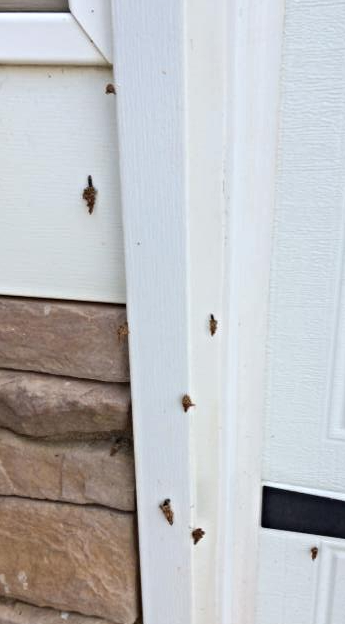1. Don’t cut firewood alone.
·
If
two heads are better than one, then two sets of hands are definitely better
when dealing with chopping firewood. It is always a good idea to have another
person present to help, make sure you are working safely, and to assist you in
case anything goes wrong. Better safe than sorry!
2. Make sure to wear proper PPE (Personal Protective
Equipment).
·
Cutting
firewood can be very dangerous. Wearing proper protective gear will help keep
you safe and prevent injury. PPE for cutting firewood ideally includes: steel-toed
boots, gloves, protective eyewear/goggles, ear plugs of some sort, well-fitted
clothing, and hardhats. Make sure you have the right equipment for the job!
3. No transporting firewood across state lines!
·
Transferring
firewood across state lines is actually illegal,
so make sure to buy your firewood locally!
4. Know your equipment.
·
Whether
you are using a hand tool (saws, axes, sledgehammers, etc) or a power tool
(mainly chain saws), it is important to thoroughly inspect, clean, and fuel
your equipment before you begin any job. Make sure you know any hazards
involved and how to use the tool properly and safely.
5. Firewood Storage
·
Make
sure to keep extra piles of firewood out from under the trees on your property.
Firewood can house damaging pests that may affect nearby trees. Be careful not
to burn firewood that has been treated with pesticides, as harmful fumes may be
released. It is also very important to keep the wood as dry as possible; moisture that gets into the wood can cause it to get moldy or decay. Ideally, firewood should be stored outside under some cover so as to let the wood air-dry.
Also, make sure you are not burning firewood outside if at all possible; keep burning fires safely inside your fireplace.
Once all your firewood is
chopped and stored, we at Schneider Shrub and Tree Care hope you curl up by a warm fire with a good
book or some hot chocolate and enjoy this holiday season!






